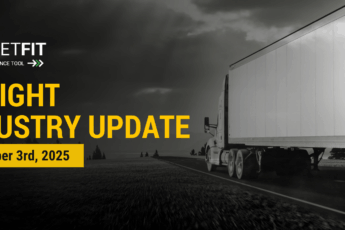Parking availability for trucks is a national concern. Prom loading docks to rest areas, parking for loading and unloading, or for mandatory breaks, causes a lot of stress for drivers and can severely diminish productivity. The Florida Department of Transportation is testing out a new approach to help alleviate the issues of parking for truckers.
It Must Be a Sign
The Florida Department of Transportation is implementing high-tech signs along I-75 and I-4. The signs gather information from nearby rest areas and weight stations to inform truckers about the state of available parking at those destinations. By doing this, truckers will know if there is space at the next stop, or if they should just keep going to the next area. The signs will display the number of available parking spaces at rest areas and weight stations, so truckers to not have to waste time and fuel pulling into a place only to start up and move onto a lack of vacancies. While the project is first being tested in the Tampa area, the plan is to expand the signs throughout the entire state.
A Step in the Right Direction
Smart signs to provide information about available parking is a step in the right direction, but even more improvements could be made. Shippers could learn from what the Florida DOT is doing and create apps or at least push updates to truckers on route notifying them of parking availability as well. Parking isn’t just an issue that impacts drivers looking for sports to take their mandatory breaks. Truckers end up spending so much time in detention due to the major lack of parking availability that their hours of service can be eaten up just waiting to pick up or deliver shipments.
Today Florida, Tomorrow the Nation
If the new smart signs are successful in Florida, other states may be inclined to implement them as well. Oregon is taking steps to increase parking availability as well as improve the safety of rest areas. Future smart signs may not just show parking availability, but also show additional information like weather and forecasts to help drivers gauge how urgent it is to see rest areas.






